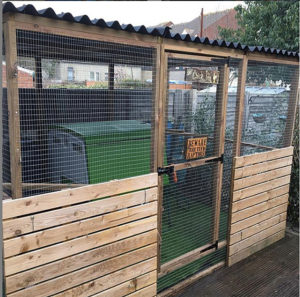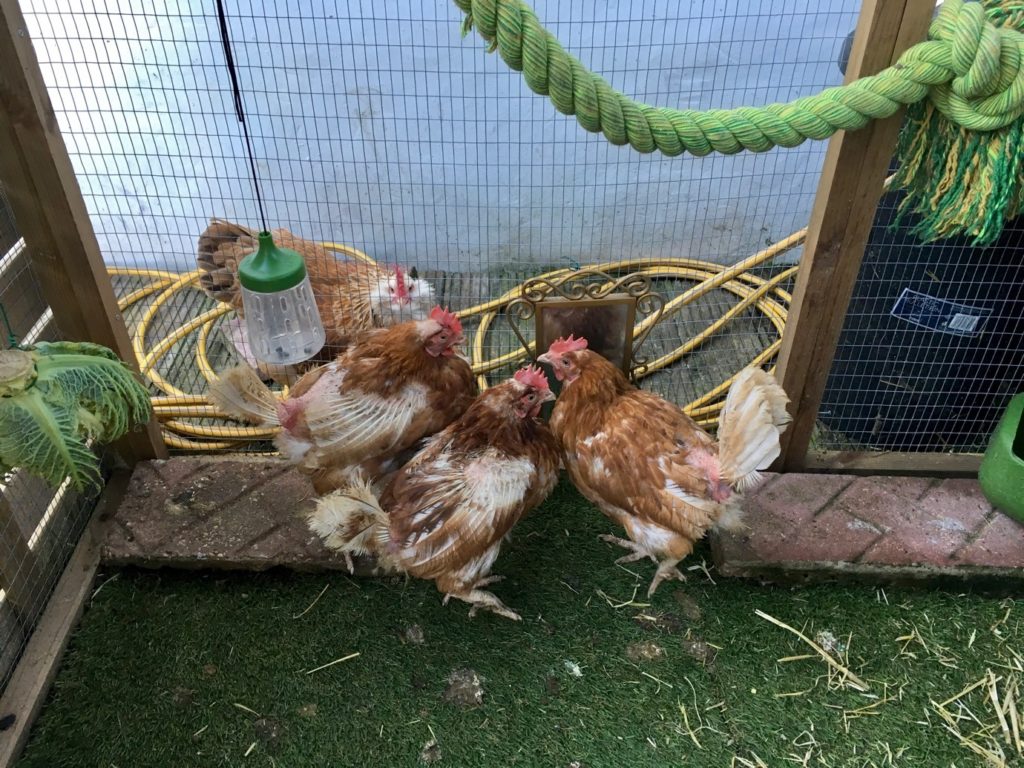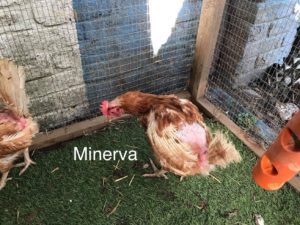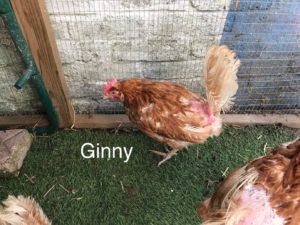Elle Pugsley is a new blogger for Community Chickens, and comes to us from southern England.
Getting Started with Chickens
My love of chickens started last year when I met my neighbour’s flock. Growing my own food was going so well, chickens seemed like the next obvious step. I started with four bantams in an eglu cube MK2 with run. After a while, I wanted to give them more space so invested in an enclosure large enough to stand-up and walk in. With all this new space I had room for more chickens!

Rescue Hens
I decided I wanted to work with rescue hens. After some research, I found a nearby shelter run by the BHWT (British Hen Welfare Trust). You can easily register online to get the process started and they ask for a donation to help the charity (£5 per bird is suggested). A short phone interview ensures that you have the right facilities to responsibly take care of the birds and they offer excellent advice when you pick up your birds. The BHWT website is also very helpful for any first time rescuers like myself. Depending on where you get your birds, rescue or otherwise it’s a good idea to quarantine them for some time before integrating them to any existing flock in case they maybe unwell but not yet symptomatic.

When taking in rescues please try not to be too alarmed by their nakedness, they might get embarrassed. Due to high populations on commercial chicken farms, the birds can get overcrowded and stressed so feather plucking does happen. Don’t worry, they aren’t stuck that way forever, but it will take time for the plumage to grow back. 
Good Nutrition
Plenty of high protein food such as sunflower seeds and mealworms will help greatly with regrowth and other nutritional deficits. New chickens will take time to get used to their new surroundings, you can’t expect them to want a cuddle right away. Give them space, make sure they feel safe. The first night I learnt the farm that my girls came from used night lights to make them produce more eggs as I got two eggs overnight. Fortunately, it only took a couple of weeks for them to get used to a daytime routine and stop laying overnight.

A Better Home
After seeing photos of my new girls, many friends assumed they had been battered hens coming from other backyard keepers, or free range farms. But unfortunately, most chickens don’t live in beautifully open spaces on nice farms. According to the RSPCA, 10 hens to a square meter can be classed as free range provided they have access outside. The location my hens came from had over 2000 hens so in that kind of place not all the birds can necessarily even find the doors that lead outside to try to find more space. My hens came from a facility with over 2000 hens, making it hard for some of them to even find the doors that lead outside. I glad I can give them a nice home and help them heal. In return, they give me eggs and clucks and joy.
Elle Pugsley started growing her own food last year, and it went so well that the next natural step was to acquire chickens. Starting off with four bantams I fell in love and quickly became a crazy chicken lady. I’ve now opened my coop to three ex-commercial free range hens to rehabilitate and provide them with a forever home. You can see pictures of her hens and gardens on Instagram.












